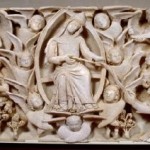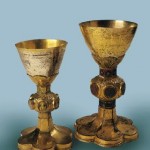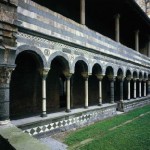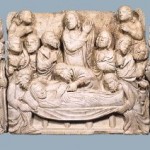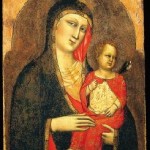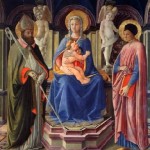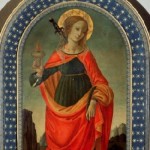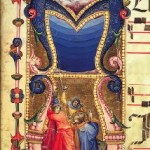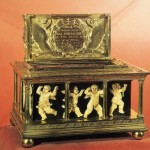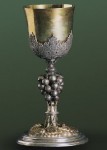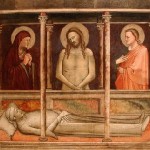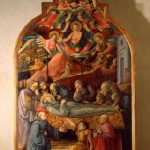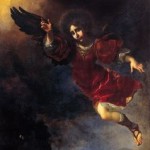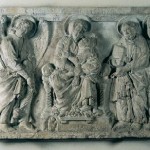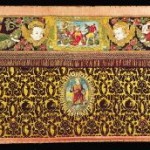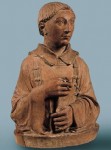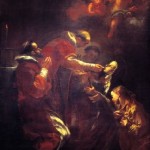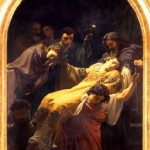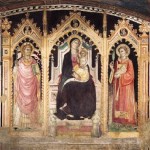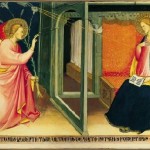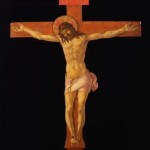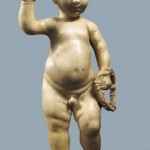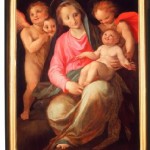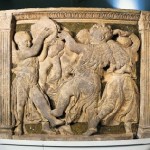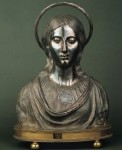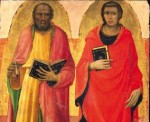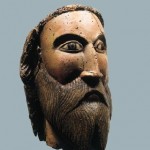The museum, created in 1967, in order to house works coming from the Cathedral, has been enlarged several times and recently renovated, thus creating a suggestive itinerary around the harmonious Romanesque cloister, with works coming from the entire diocese.
In 1989, following an agreement between the Municipality and the Diocese, the Prato Museum System, which is made up also of the Diocesan Museums (the Duomo, Mural Painting, Museum of the Parish Church of Figline, Museum of the Badia of Vaiano) was created.
The first room displays wooden and polyptych panels dating from the 14th to the beginning of the 15th century (by Giovanni Bonsi, Lorenzo di Niccolò, Giovanni Toscani), notable sculptures (among which is the head of a Crucifix from 1220-30 and a powerful relief by Giroldo da Como, del 1262 ca) and 14th-15th century sacred furnishings.
The following room houses the precious Saint Stephen’s Hangings, donated by Provost Alessandro de’Medici (Leon XI), and 15th century various illuminated choir books(by Rossello Franchi and Attavante Attavanti). The adjoining room is dedicated to the worship of the Holy Girdle of the Madonna, the most valuable relic of the territory, and shows some vibrant marble reliefs either from an exterior pulpit or perhaps from an altar frontal , sculpted in 1358-60 by the Sienese Niccolò del Mercia.
Through the basement – the excavation brought to light finds ranging from the Etruscan period to the 15th century and modest structures dating from Early Middle Ages – one can reach the Room of the 1400’s where one can admire Renaissance paintings such as Filippo Lippi’s masterpiece in Prato, The Funeral Rites of Saint Jerome (1453 ca), which is a valuable panel by Piero di Lorenzo (1449), who was one of his pupils, and a molded Crucifix of Botticelli’s school.

